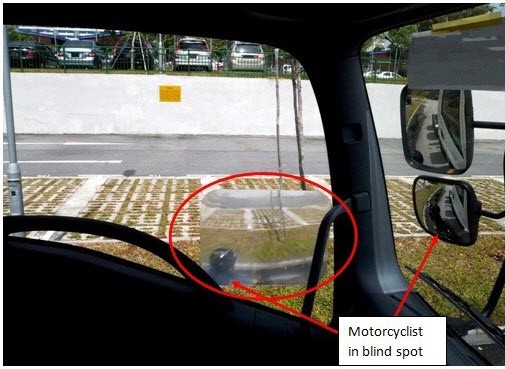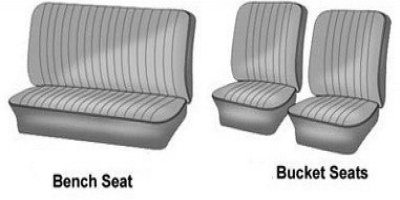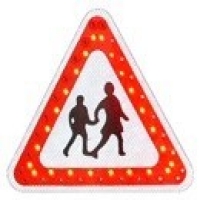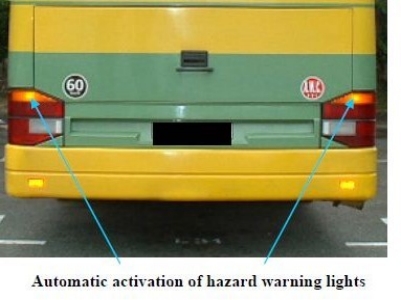To operate a bus on the road, you need to meet different licensing and permit requirements, depending on the type of bus. To learn how to register a bus, click here.
At a glance
There are different licensing requirements for the 5 types of buses: You also need to submit an application to the LTA to:
Learn about blind spot safety requirements for buses with maximum laden weight (MLW) over 8,000kg.
To operate a bus ferrying school children, you must comply with the additional safety requirements.
Buses are allowed to carry standing passengers subject to certain conditions.
You should also take note that buses are not allowed in the Sentosa Gateway Tunnel. |
|
Find out more |
Operating buses
There are 5 types of buses. A bus can only be used for the purpose for which it is registered.
- A Private Bus is used to ferry employees or people related to the business of the bus owner.
- A Private Hire Bus is used to ferry students to and from schools or workers to and from their workplace. It can also be chartered out for other purpose, such as to ferry a group of passengers to an event.
- An Excursion Bus is mainly used to ferry tourists. It can also be used to ferry students and workers.
- A School Bus is used to ferry students to and from school. It can also be used to ferry workers to and from their workplace, if the bus has an Adult Workers’ Contract (AWC) permit.
- An Omnibus is a bus operated by public transport operators.
To drive a bus, you need a Bus Driver’s Vocational Licence (BDVL) and a driving licence for the correct class of vehicle. Contact the Traffic Police if you have queries on driving licences.
Read more below about what you need to know for operating the different types of buses.
Private Bus
Private Hire Bus
Excursion Bus
School Bus
Driving an Omnibus
Using public bus stops for pick-up and drop-off
Bus stops are primarily meant for use by the public bus services. However, the LTA does allow private buses to use bus stops for immediate pick-up and drop-off if there is excess capacity.
To use public bus stops for pick-up and drop-off, you must submit an application to the LTA for approval at least one month before the intended date of usage. Follow the guide to fill in the application form and email the completed form to LTA_Bus_Licence@lta.gov.sg:
Operating a fare-collecting bus service with fixed route and schedule
To operate a fare-collecting bus service with fixed route and schedule, you must apply for a Class 2 Bus Service Licence for the bus service at the GoBusiness portal.
The processing time for the application may take up to 30 working days upon receipt of complete information.
Get more information on the Bus Service Licence.
Blind spot safety requirements for buses with MLW over 8,000kg
To improve the safety of vehicles and other road users, buses with maximum laden weight (MLW) over 8,000kg which are registered from 1 October 2015 must be equipped with mirrors or camera devices to cover blind spot areas on the left and front of the bus. This is in addition to the previous requirement of having two rear view mirrors. The additional blind spot mirrors or devices will help bus drivers to better detect pedestrians, cyclists, motorcyclists and other motorists who are in their blind spots, reducing the risk of accidents when buses turn at traffic junctions or change lanes. Buses with MLW over 8,000kg include school buses and coaches.
You can approach your vehicle’s authorised agent for advice on how to meet the requirements.

For buses with MLW over 8,000 kg which are registered before 1 October 2015, bus owners can choose to either retrofit the additional blind spot mirrors or camera devices, or install a Fresnel lens (at least A4 size) on the passenger side window.

The Fresnel lens gives the driver a better view of the blind spot directly next to the passenger door.

Buses must meet the requirements for additional blind spot mirrors or devices in order to pass their periodic inspections.
Seating Capacity
Increased Visibility for Buses Carrying School Children
Automatic Activation of Hazard Warning Lights
Bus Attendants
Installing safety features for buses
To install safety features for buses, contact the Singapore School and Private Hire Bus Owners Association (SSPHBOA), or the Singapore School Transport Association (SSTA).
Avoid penalties by complying with the safety requirements. Offenders can be fined up to $2,000, or jailed up to 6 months.
Guidelines for Standing Passengers in Buses
From 31 May 2018, an Excursion Bus, a Private Hire Bus, Private Bus and School Bus are allowed to carry standing passengers, if the bus meets the technical requirements and completes the application procedure.
School children below 18 years of age are not allowed to stand in the bus, when the bus is used for ferrying school children to and from school or to other places for school-organised activites.
The technical requirements are:
- The bus’ maximum laden weight exceeds 3,500kg, or it has a seating capacity more than 15 persons (excluding the driver)
- The bus is fitted with enough handrails or handstraps for the safety of standing passengers
Apply to Carry Standing Passengers
Find out more about buses
Learn more about bus policies on LTA.GOV








